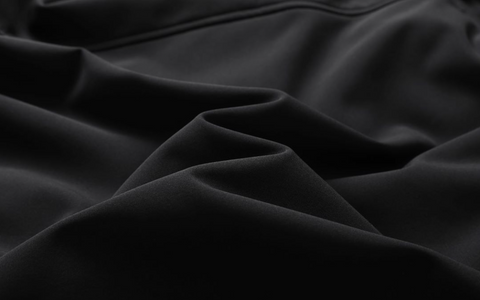Ultimate Guide to Heated Vest vs. Heated Jacket: What is the Difference?
“Heated vest or heated jacket? Both are perfect for me.”
“Well, it’s tough to choose between them.”
Do you hate to layer with many clothing but still feel cold? It’s a common issue for most people, especially those who live in cold places all year round. So, heated apparel comes in to provide a practical solution.

Typically, the popular type of heated apparel includes heated jackets and heated vests. Both are built with heating elements to keep the body toasty. They provide an effective way to beat the cold and maintain a nice look on freezing days.
So, which one you would choose? What’s the difference between them? In the following, let’s explore the answer together.
Heated vest vs. Heated jacket: what is the difference?
- Warmth
The warmth of heated vests is less than heated jackets. Compared with heated jackets, heated vests are sleeveless, and the warmth cannot cover the arm. In an extremely cold environment, it may be not suitable, but you can layer with thick clothes to get extra clothes. Heated jackets usually are designed with premium insulation to trap the heat effectively to provide unprecedented warmth even without turning on the heating system.

- Weight
It depends on the material and design. Normally, heated vests tend to be lighter than heated jackets because of the insulation material. Heated jackets typically are crafted with sufficient insulation material to challenge cold temperatures. In contrast, heated vests prioritize lightweight and flexible designs, making them ideal for layering under other clothing or for activities where mobility is essential while still maintaining core warmth.
- Design
The style of heated vests and heated jackets are different. Heated vests are causal with a simple and lightweight design. It’s easy to be matched with many types of clothes, like T-shirt, sweaters, or dresses. Heated jackets usually provide more options to suit different preferences, like soft-shell jackets, down jackets, and parkas.

- Price
The price difference between heated vests and heated jackets can vary widely based on several factors, including brand, quality, features, and materials used. Generally, heated jackets tend to be more expensive than heated vests because the procedure of making an electric jacket is more complex.
Choose a heated vest or heated jacket?

Heated vests and heated jackets both provide a great way to keep the body warm. If you still cannot make a purchase decision, it’s advisable to consider your needs and preferences.
- Weather: A heated jacket is a perfect pick for harsh winter thanks to the excellent heating system and premium insulation. So, if you always live in a cold place, a heated jacket is your warm choice while heated vests are more suitable to wear on cool days.
- Versatility. Heated vests are more versatile in layering. It is easy to be matched with different types of clothing without compromising the fashionable style. It can adapt to various weather conditions and outdoor activities where mobility is important, like running, fishing, or skiing. Heated jackets are more suitable for camping or hiking.
- Mobility: Heated vests without sleeves provide more freedom of arms. If you always take part in outdoor activities that involve frequent arm movement, a heated vest is a great choice.
- Cost: Heated vests are always cheaper than heated jackets. If you only have a budget concern, we think maybe you can choose a vest.
Conclusion
All in all, heated jackets and heated vests feature warmth and comfort. No matter which one you choose, they provide an effective way to beat the elements. Hope this guide can help you find the best one to enjoy the cold days. Don’t forget to keep your liking on mind!
Follow us on Facebook and Instagram.
Join our Group on Facebook to get more discount information on Venustas.
Read Venustas heated jacket manual: